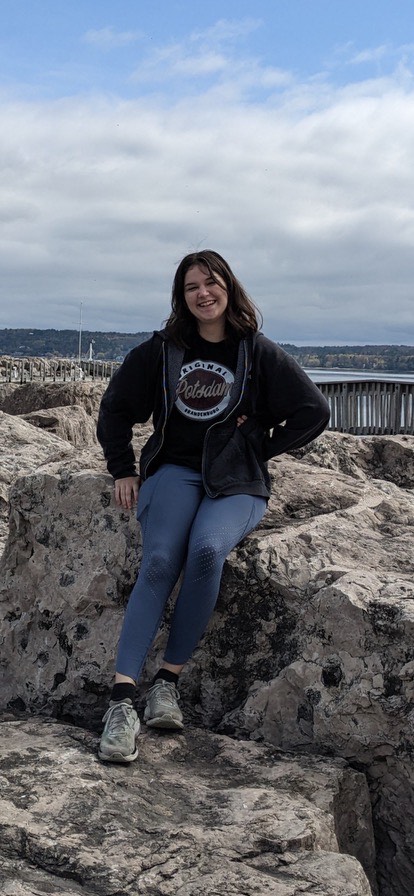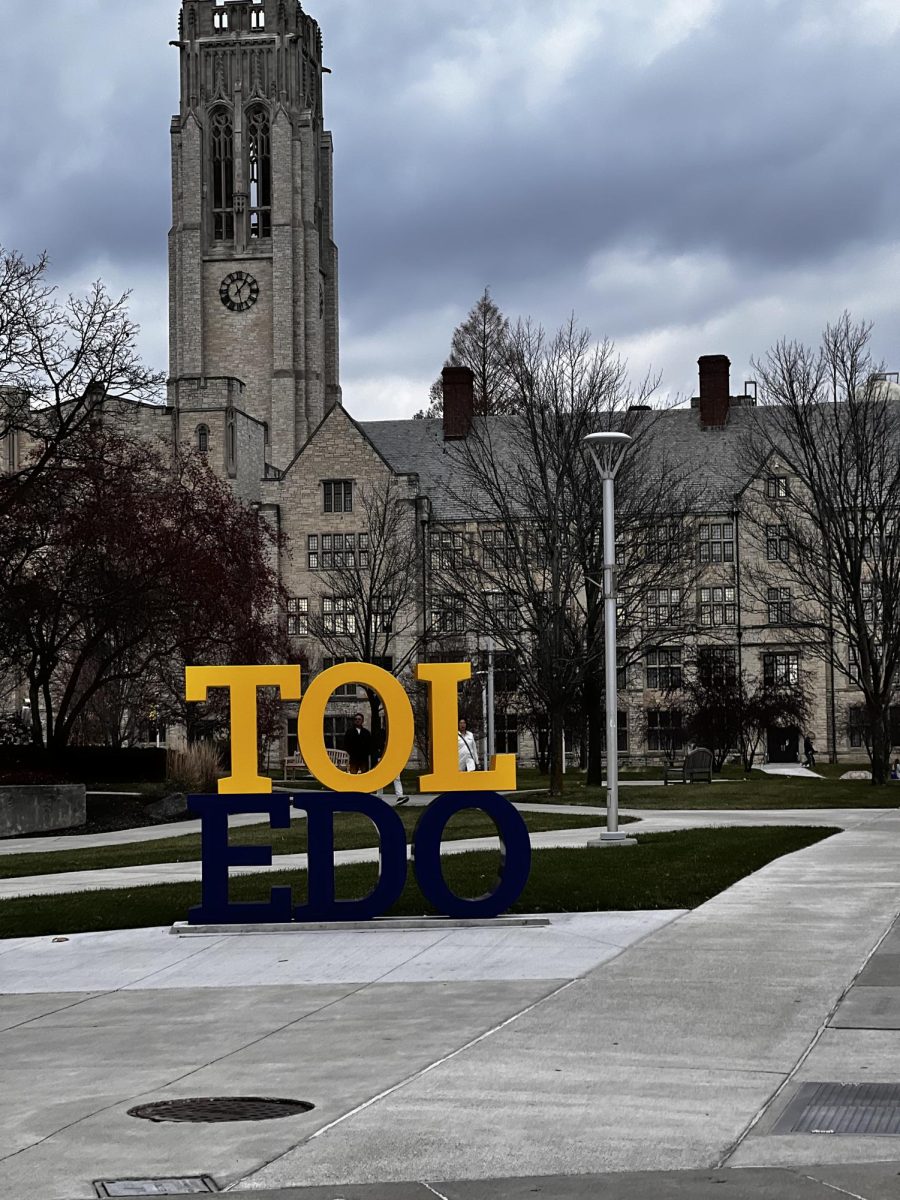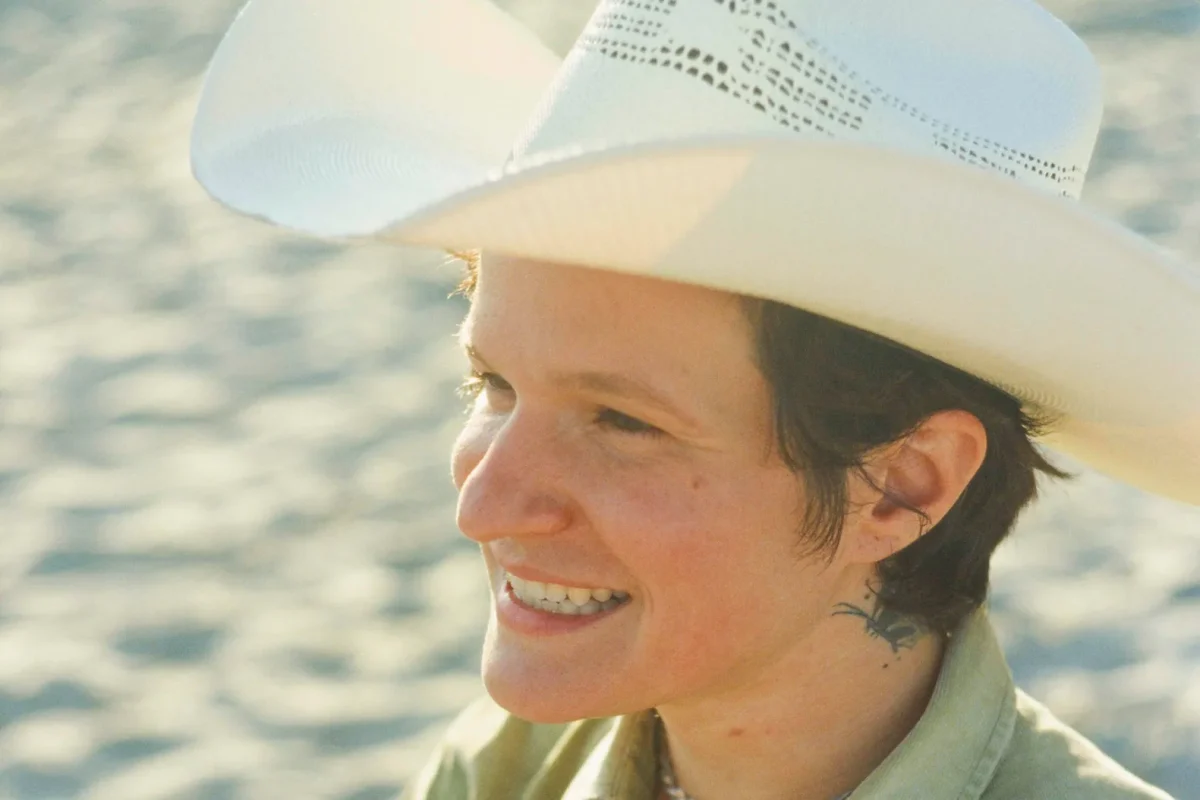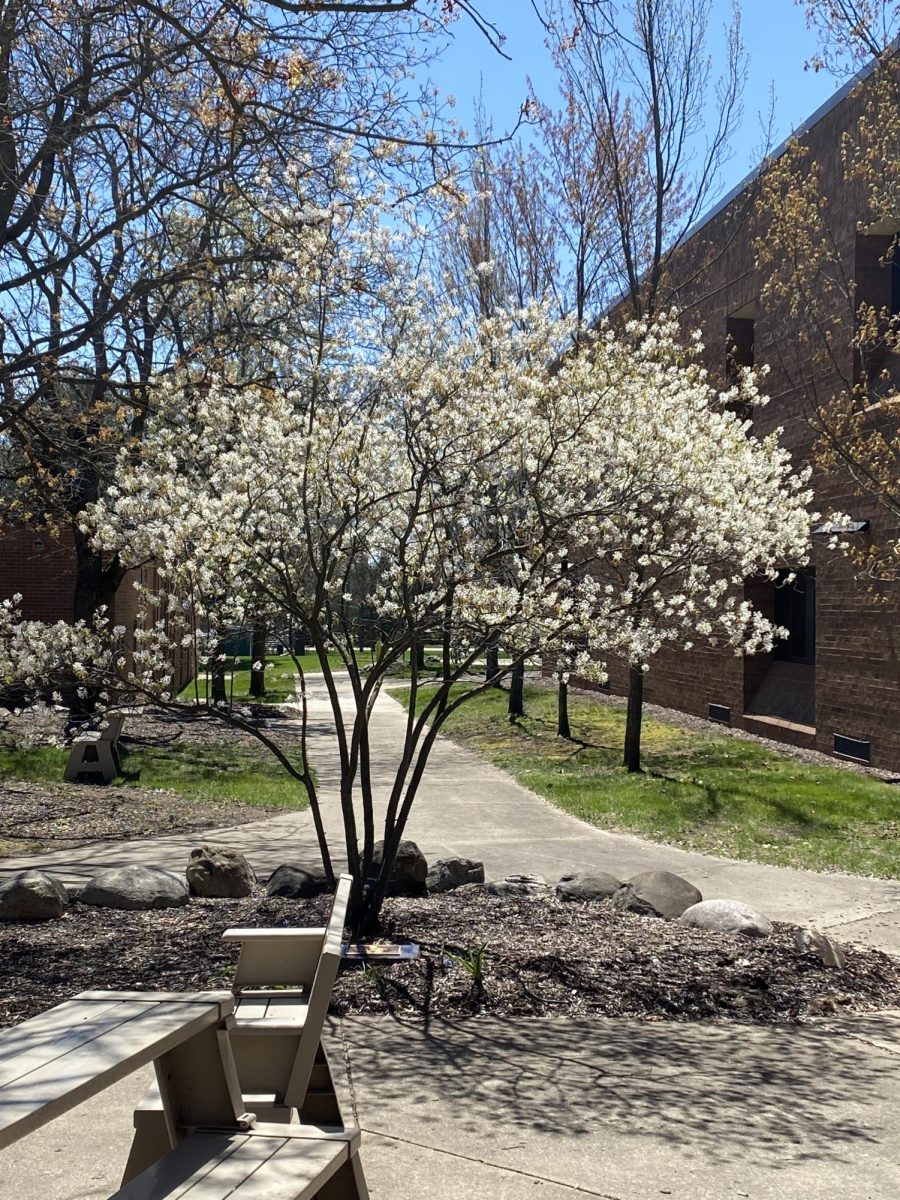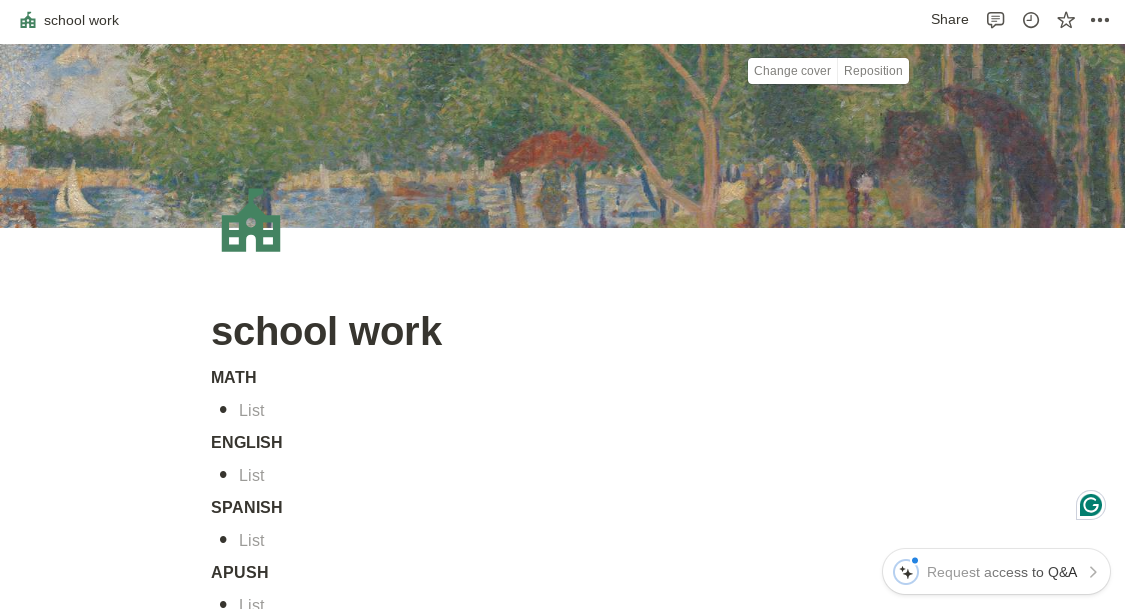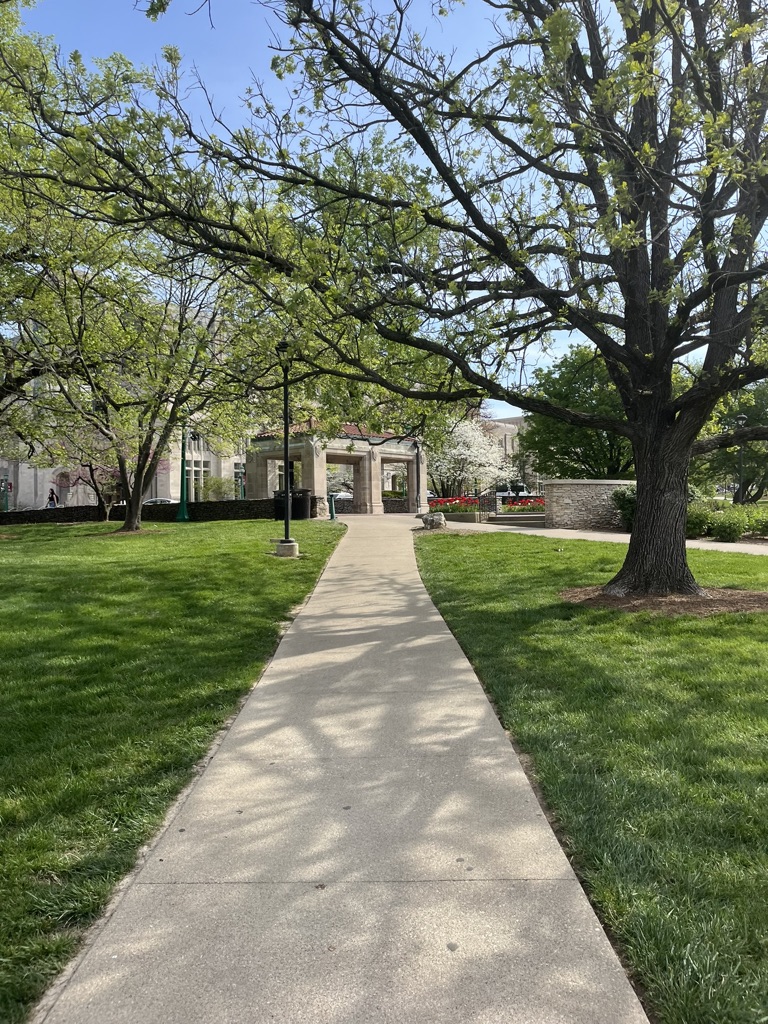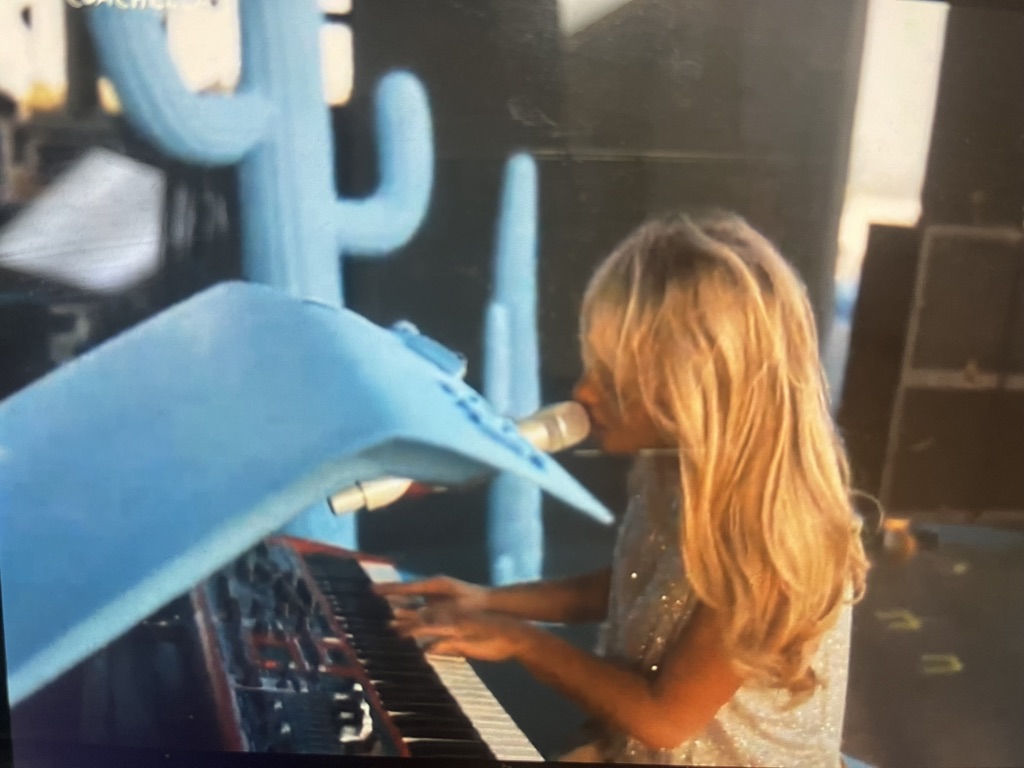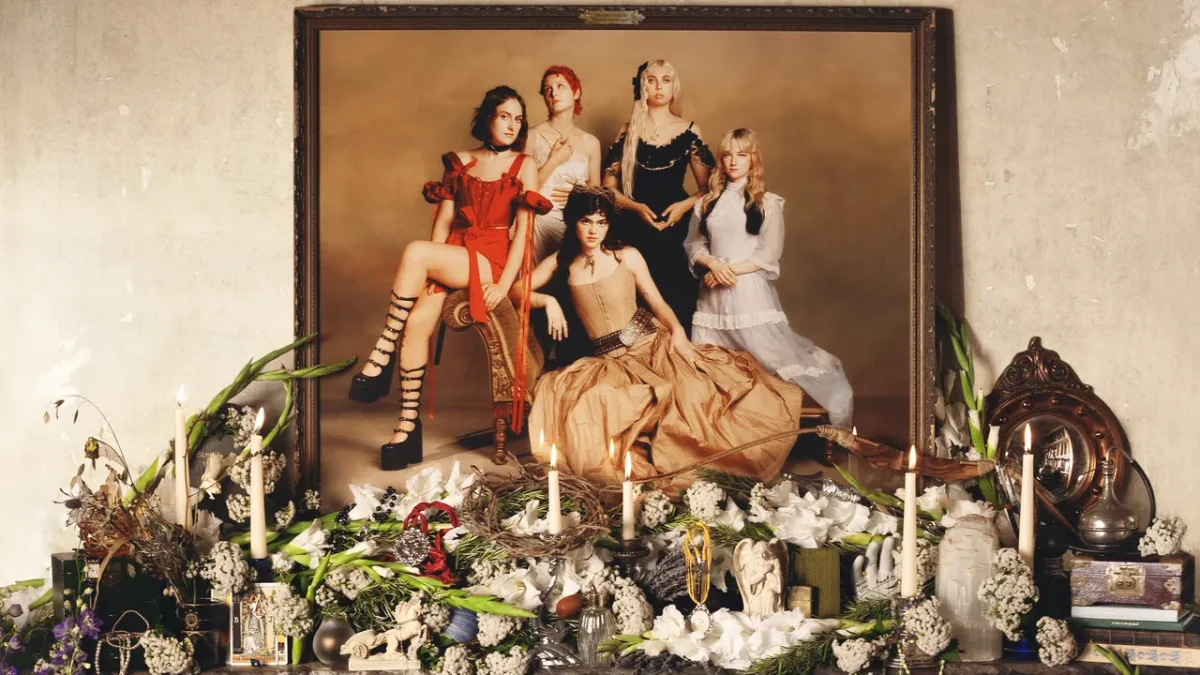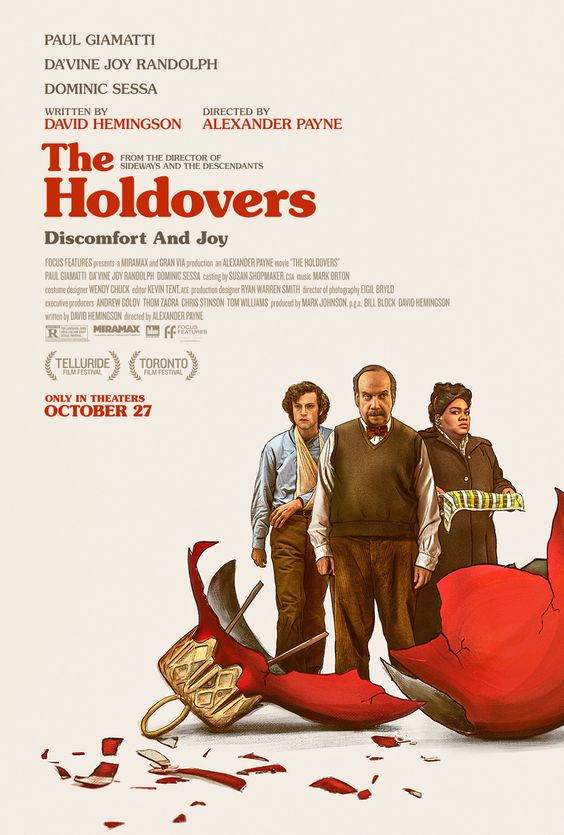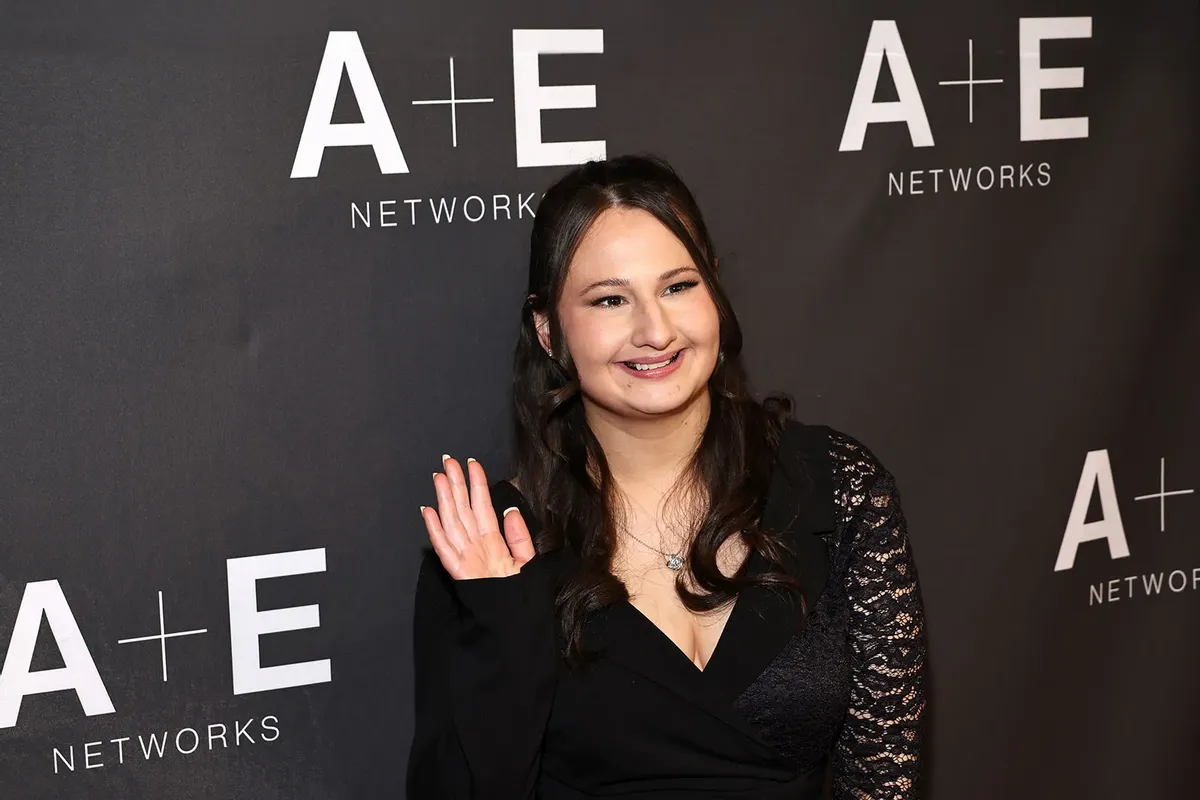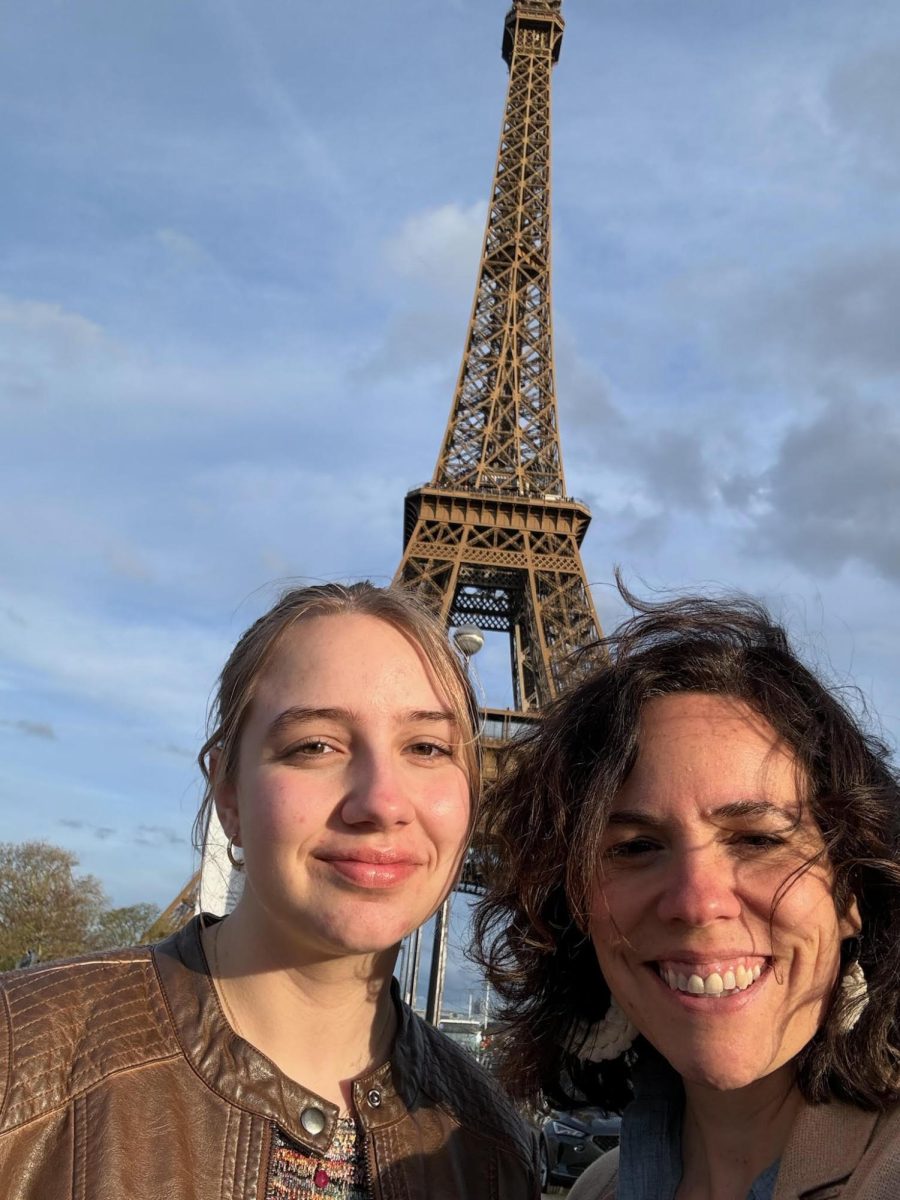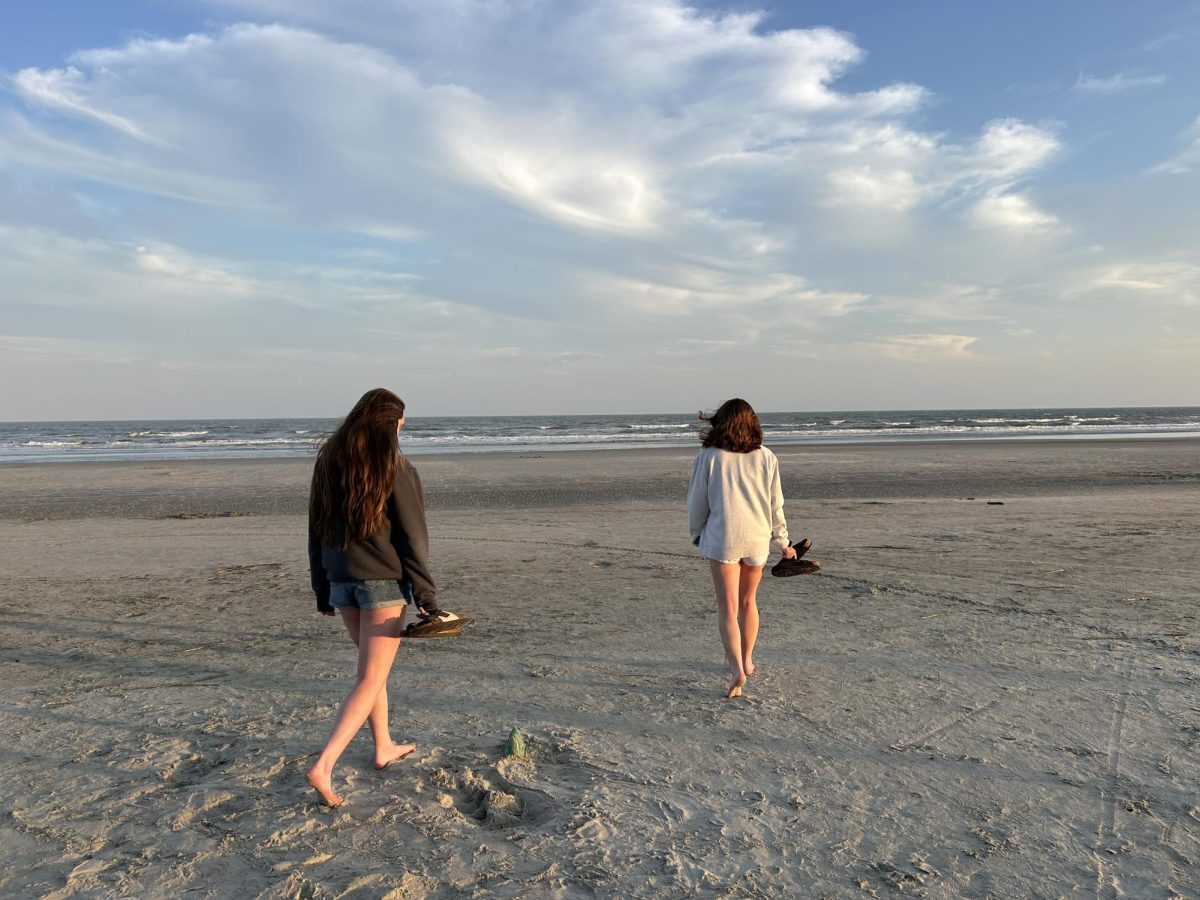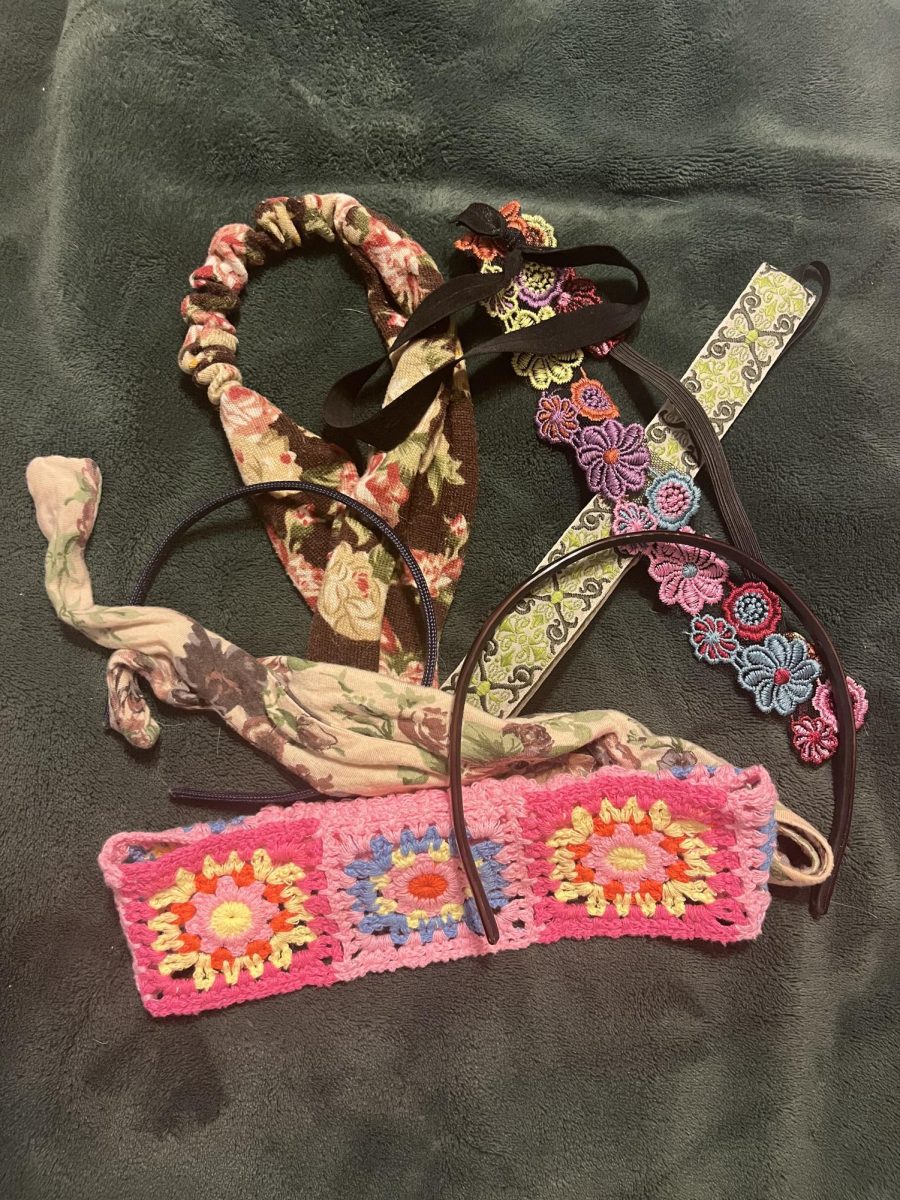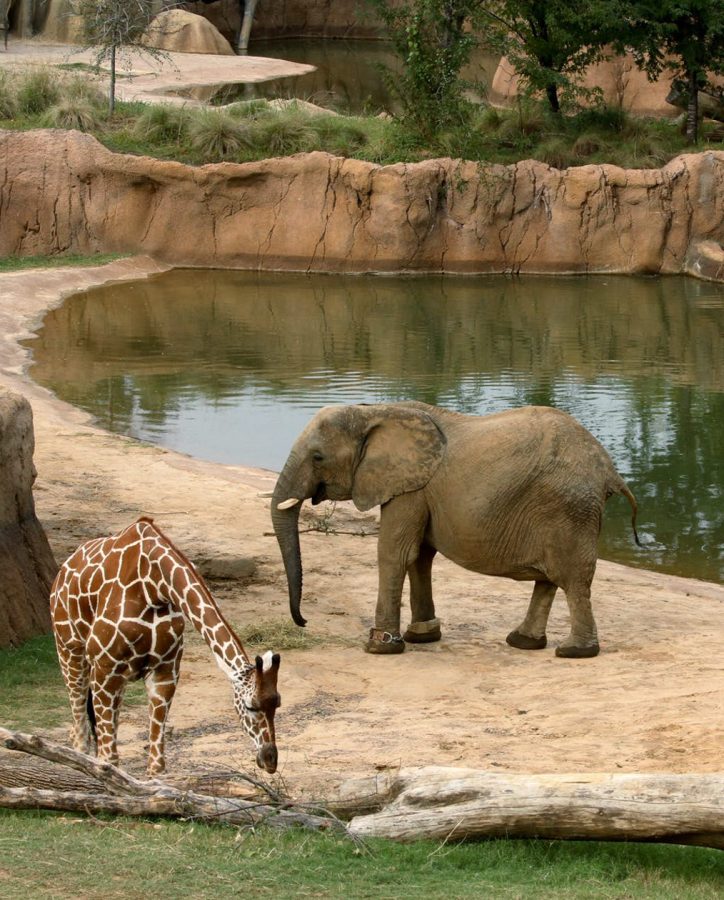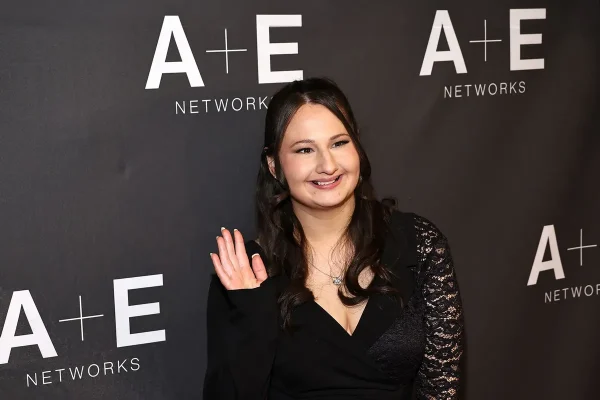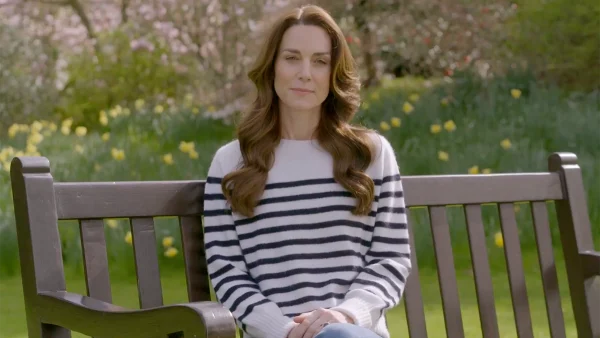Are zoos beneficial for the wild animals they captivate?
An elephant and a giraffe peacefully roaming in their zoo habitat.
Zoos have been around for millions of years. The idea of a place where you can observe many different animals all at once is simply not a new concept.
Even the rulers of Mesopotamia, China, and Rome kept animals in pens in their cities for the people’s entertainment. Later in history, this further encouraged the study of animals, which began zoological studies.
However, the concept of zoos and intentionally captivating animals for guests’ pleasure has been a morally challenging question within the animal right’s world for a number of years.
Putting aside all the enjoyment you may get from spending a fun day at the zoo, the animals behind the fence may not be enjoying the day as much as you are.
I’ve grown up going to the zoo every so often, and, for an animal-lover like me, it’s quite an exciting experience. I love seeing the cuddly otters or the sleepy red panda and exclaiming how adorable they are.
This year for AP Biology, we took a trip to John Ball Zoo and had the opportunity to observe the animals throughout the day; we watched their behavior, habits, and movement as they roamed about their habitat.
Additionally, some zookeepers gave us behind the scenes tours of the aquarium and presented some animals’ typical enrichment schedules to us.
Based on the descriptive plans and schedules they shared with us, John Ball Zoo does a very good job of keeping their animals nourished, enriched, and properly contained in their specially designed habitats.
Unfortunately, this is not often the case with every institution that houses wild and exotic animals.
According to the Adelaide Zoo Education Service, the four main goals of zoos are conservation, education, research, and restoration. Above all, they exist to save animals from extinction.
This is a superb concept that comes with good intentions. However, all of the pieces and parts of a zoo come together to create a much more complicated system that undeniably has a few hiccups.
For one, animals that make their home in one zoo location can be traded or sold to another zoo in a matter of weeks. Animals bond with others of the same species that they share a habitat with, and it can be mentally scarring for an animal to be uprooted and taken away from those of their kind.
This is a superb concept that comes with good intentions. However, all of the pieces and parts of a zoo come together to create a much more complicated system that undeniably has a few hiccups.
Moreover, when animals in zoos breed and create the adorable baby animals we all love so much, it brings in a great deal of revenue for the zoo, as people come to see the new additions. However, the babies are usually only kept with their parents until they are old enough to be sold or traded to other cities that desire to have that animal featured in their zoo.
The sad reality of a mother not getting the decision to keep her baby is unfortunately a part of the necessary cycle that zoos must go through to keep themselves up and running.
Zoos do pose problems in the animal rights world, due to the fact that they capture, confine, and breed wild animals who can’t speak for themselves.
But once again, the intentions are often pure. By taking in an animal that is at risk of dying in its own natural habitat, the zoo can rehabilitate it, make sure it gets the nourishment it needs, and then use the animal for teaching and research.
Zoos tend to have each and every animal’s best interests in mind; it’s just a matter of how they handle the care and keeping of the animals that can become concerning.
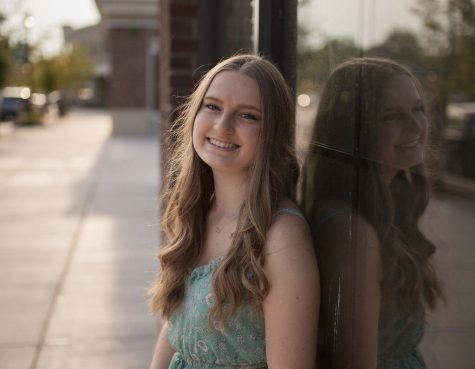
Liza McCarthy is a senior who is excited for her second and final year on staff. This year, she is taking on the new role of Podcast Manager which will...









